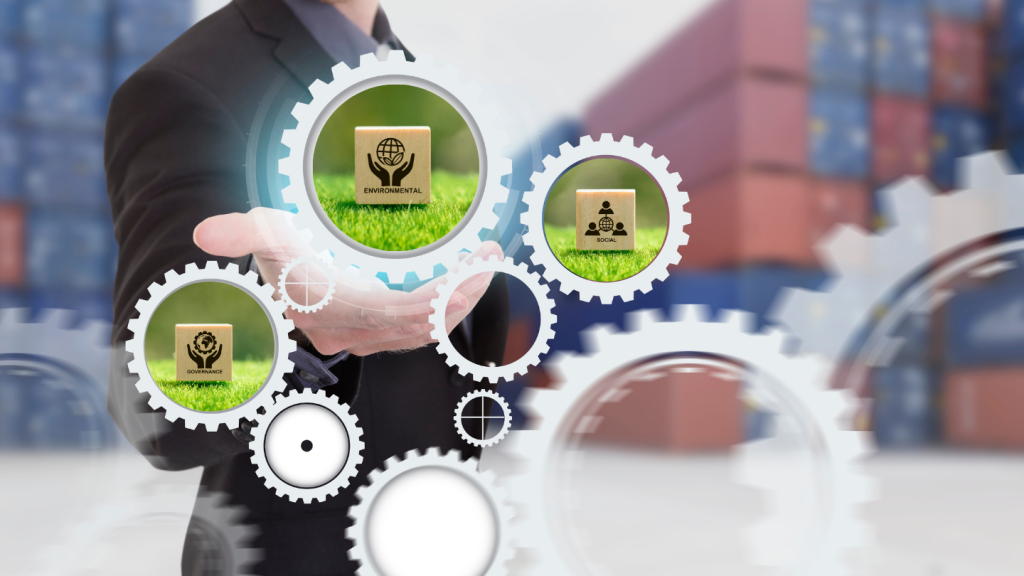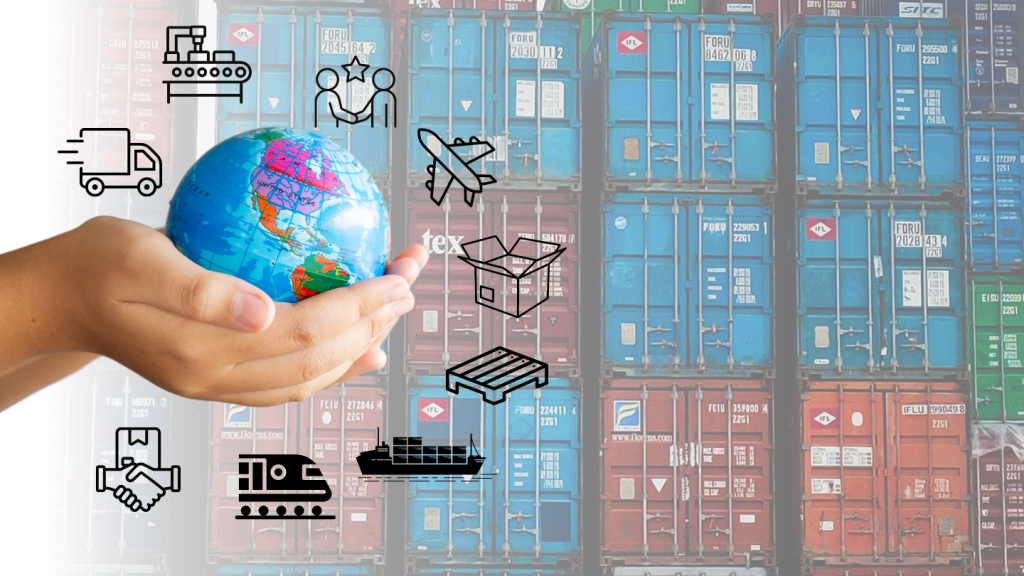
In the modern business landscape, “sustainability” has transitioned from a mere buzzword to a critical concern for businesses across sectors. Supply chain sustainability, in particular, marks an essential shift in the way companies operate, emphasizing the environmental and social impacts of the entire value chain. From sourcing raw materials to end customer delivery, every step presents an opportunity for eco-conscious transformation.
The Sustainability Imperative in Supply Chains
To put the urgency into perspective, consider the ecological footprint assessment – A measure of human demand on the Earth’s ecosystems. According to recent data, humanity’s demand on nature is 1.7 times what the Earth’s ecosystems (1) can regenerate annually. With supply chains contributing significantly to this demand, the need for sustainable practices is glaring.
Transitioning to a sustainable supply chain model offers numerous benefits. Beyond environmental stewardship, companies can achieve cost savings, mitigate risks, enhance the brand reputation, and even tap into new customer segments that increasingly value sustainability.
Understanding the Current State: Assessing Sustainability Risks and Impacts
Before you can transform, you need to establish a benchmark for your supply chain’s current sustainability performance. Carrying out a comprehensive analysis involves several key steps:
- Identifying Potential Risks: This could include sourcing materials from conflict zones, using hazardous substances, or relying on non-renewable energy sources.
- Impact Assessment: Quantify your supply chain’s environmental impact, from carbon emissions to water usage and waste generation.
- Stakeholder Expectations: Understand the expectations and priorities of stakeholders, such as customers, investors, and the local community.
By undertaking these assessments, businesses gain a clear picture of where their supply chain most urgently requires sustainable intervention.
Setting Tangible Sustainability Goals
Setting clear, measurable sustainability goals is the bedrock of an effective transformation strategy. Goals should be anchored in data and align with global sustainability targets, such as the United Nations’ Sustainable Development Goals (SDGs). When establishing your objectives, keep them SMART:
- Specific: Clearly defined with no ambiguity.
- Measurable: Quantifiable to track progress.
- Achievable: Ambitious yet realistic.
- Relevant: Aligned with business environment and stakeholder expectations.
- Time-bound: Including a deadline provides focus and accountability.
Supply Chain Mapping: Knowing Your Path to Sustainability
Sustainability hinges on transparency, and that can only be achieved through thorough supply chain mapping.
- Identify Key Activities: Start by mapping your most significant supply chain processes, from production to distribution, noting major players and environmental hotspots. See our article The Process Flowchart
- Trace Material Flows: Literally trace the flow of materials from the point of extraction to the finished product to understand the full lifecycle impact.
- Map Data Flows: Implement robust data collection processes to capture all requisite information for emissions and resource usage analysis.
With a comprehensive map in place, businesses can see how individual actions impact the broader sustainability landscape.
Sustainable Sourcing and Procurement
Sourcing sustainably is not about a single purchase; it’s a long-term commitment to environmental and social standards. Here are some steps to embed sustainability into your sourcing and procurement practices:
- Set Supplier Expectations: Clearly communicate sustainability requirements to suppliers and incorporate these mandates into contracts and SLAs.
- Consider Local Sourcing: Reducing the distance between suppliers and manufacturers can significantly cut carbon emissions.
- Assess Supplier Performance: Regularly evaluate and audit your suppliers on sustainability practices and provide support for improvement where needed.
By integrating sustainability into sourcing and procurement, businesses can ensure that their products are ethically and environmentally sourced. This also leads to having the right products available and managing the inventory according to need. See our article ABC Analysis for Supply Chain Optimization.
Green Logistics and Transportation
Logistics and transportation are often the most carbon-intensive aspects of supply chains. To green these operations, consider the following:
- Optimize Transportation: Use technology to plan more efficient routes, consolidate shipments, and reduce empty backhauls.
- Switch to Low-emission Vehicles: Investing in or working with partners who utilize electric or alternative-fuel vehicles lowers the carbon footprint of your transportation.
- Innovate Packaging: Lighter, more space-efficient packaging reduces fuel consumption and waste.
Implementing these green logistics practices not only reduces environmental impact but can also lead to significant operational cost savings.
Waste Reduction and the Circular Economy
A sustainable supply chain aims for zero waste, and the circular economy model offers a strategic framework.
- Design for Disassembly and Recycling: From product design to its end-of-life, consider how to extract maximum value and eliminate waste.
- Implement Reuse and Remanufacturing: Offer products on lease or establish systems for the return and repurposing of end-of-life products.
- Recycle and Compost: Divert waste away from landfills by promoting recycling and composting.
This approach to waste management presents an opportunity for businesses to create additional revenue streams and enhance the reputation.
Collaboration and Transparency
Sustainability efforts are greatly enhanced through collaboration, both within your organization and with external partners.
- Internal Alignment: Ensure that all teams are aware of and engaged with sustainability goals, and that performance is integrated into KPIs and incentives.
- Supply Chain Collaboration: Work closely with suppliers, customers, and competitors to share best practices, improve standards and enforce collective actions for sustainability.
- Transparency: Be open about your sustainability challenges and successes, sharing progress reports and learnings with stakeholders.
By fostering a culture of collaboration and transparency, businesses can amplify their sustainability impact and build trust with stakeholders.
Overcoming Challenges and Roadblocks
No transformation is without its challenges. Here’s how to tackle some common hurdles:
- Financial Constraints: Look for low-hanging fruit – enhancements you can make that are low- or no-cost.
- Resistance to Change: Use data to demonstrate the benefits of sustainability to those resistant to change, and provide training and support to ensure understanding and compliance.
- Complex Supply Chains: Start small, focus on high-impact areas, and scale up as you build experience and momentum.
Each challenge presents an opportunity for ingenuity and innovation, both hallmarks of a successful sustainability strategy.
Conclusion
The call for a sustainable supply chain is not just an ethical imperative; it’s a strategic necessity. Transformation does not happen overnight, but by taking incremental, purposeful steps, every business – regardless of size or industry – can make a significant impact. Start by understanding the current state, setting clear goals, mapping your supply chain, and collaborating with partners to drive change.
If you haven’t already embarked on your sustainability transformation, there’s no time like the present. The very survival of our planet – and, by extension, your business – may depend on it.
Contact us to begin your sustainable supply chain transformation today. Your business, your stakeholders, and the planet will thank you.
Source:
📷 Canva








